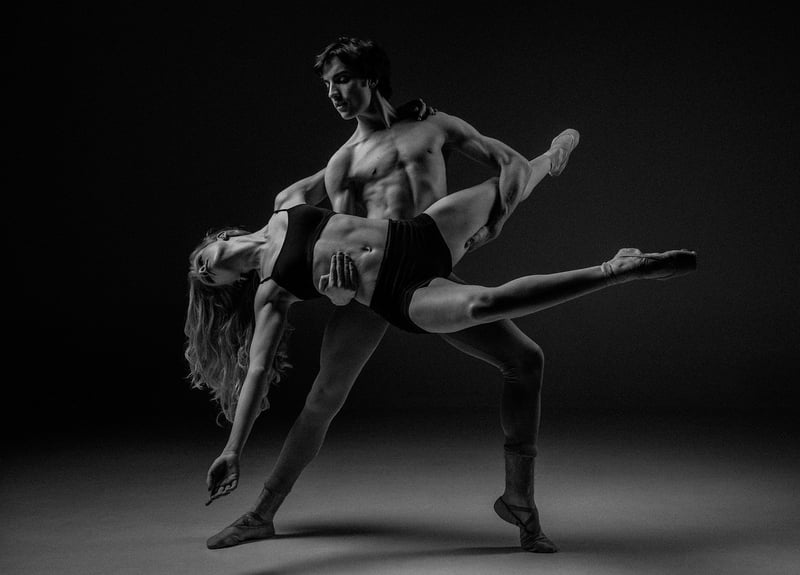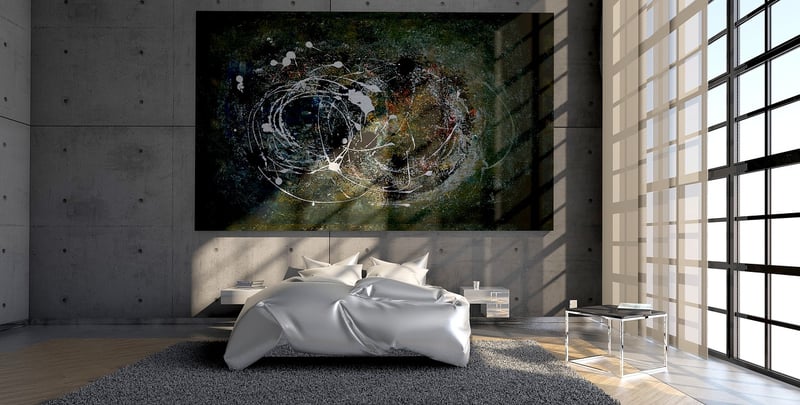Contemporary
Exploring Expressive and Rhythmic Movement Forms in Contemporary Dance
Contemporary dance is a dynamic and ever-evolving art form that incorporates a wide range of movement styles and techniques. One of the key elements that make contemporary dance so captivating is its ability to blend expressive and rhythmic movement forms seamlessly. In this article, we will delve into the world of expressive and rhythmic movement in contemporary dance and explore how dancers use these elements to create compelling performances.
Expressive Movement
Expressive movement in contemporary dance involves conveying emotions, stories, and ideas through the body's movements. Dancers use a combination of fluidity, strength, and intention to express a wide range of feelings and experiences. From subtle gestures to powerful leaps, each movement is a form of communication that connects the dancer to the audience on a visceral level.
Expressive movements in contemporary dance can range from delicate and graceful to sharp and angular, allowing dancers to explore a diverse palette of emotions. Through the use of body language, facial expressions, and spatial awareness, dancers can create deeply moving performances that resonate with viewers.
Rhythmic Movement
Rhythmic movement in contemporary dance focuses on the relationship between movement and music. Dancers use rhythm as a driving force to guide their choreography, syncing their movements with the beats, melodies, and pauses in the music. This synchronization creates a dynamic interplay between the dancer's body and the sound, enhancing the overall impact of the performance.
From fast-paced footwork to slow, sustained movements, rhythmic variations add texture and depth to contemporary dance pieces. Dancers often explore different rhythms, accents, and tempos to create contrast and highlight the musicality of their movements. The interplay between rhythm and movement can evoke a visceral response in the audience, drawing them into the performance on a sensory level.
Blending Expressive and Rhythmic Elements
Contemporary dance artists often integrate expressive and rhythmic elements to create compelling and innovative choreography. By combining fluid, emotive gestures with precise, rhythmic patterns, dancers can convey complex narratives and evoke powerful emotions in their audience. This fusion of expressive and rhythmic movement forms allows dancers to push the boundaries of traditional dance styles and create unique, thought-provoking performances.
Through a continuous exploration of expressive and rhythmic movement, contemporary dancers challenge conventions, break new ground, and inspire audiences with their creativity and artistry. By embracing the fluidity and dynamism of contemporary dance, dancers can discover new ways of expressing themselves and connecting with others through movement.

Whether they are exploring the depths of human emotion or interpreting the nuances of a musical composition, dancers who master the art of blending expressive and rhythmic movement forms can create truly mesmerizing performances that leave a lasting impression on their audiences.
Join us in celebrating the beauty and power of expressive and rhythmic movement in contemporary dance, where every step tells a story and every gesture speaks volumes.
